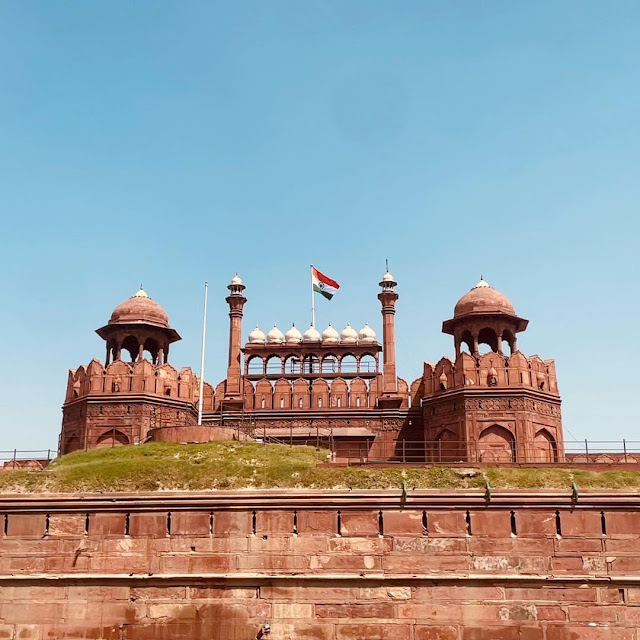Tughlaqabad Fort

Name of the place- Tughlaqabad Fort Picture credit- Gautam Kumar Timings: 9am to 5pm Visit duration: 1-2 hour The Tughlaqabad Fort in Delhi was built by the founder of Tughlaq dynasty, Ghiyas-ud-din-Tughlaq in 1321. It was established as the fifth historic city but it was later abandoned in 1327 because it is believed that the city of Tughlaqabad is cursed by Hazrat Nizamuddin Auliya. The fort city of Tughlaqabad was supposed to have 52 gates out of which only 13 remains now. It had provisions for water bodies and granaries to withstand months long seize. Tughlaqabad even in its ruined state is Delhi's most beautiful and awesome fort. History of the Fort Ghazi Malik was a medieval master for the Delhi-based Khilji rulers. Once, whereas taking a walk with his ace, he proposed the improvement of a Fort upon a hillock within the southern portion of Delhi. The lord clowned that Ghazi Malik would be required to construct it himself, when he expected the position of authority of D...









